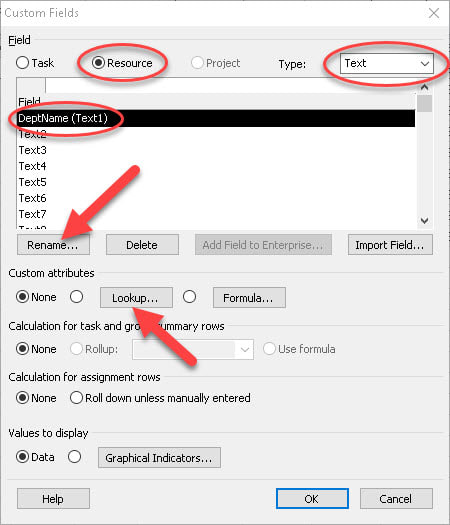Dependency Types in Microsoft Project
When creating schedules in Microsoft Project the first thing that a Project Manager would typically do is to input the tasks involved in a project. These tasks then need to be linked to show the relationship between them. These links create task dependencies.
There are 4 different types of task dependency:
- Finish-to-Start (FS): The finish date of one task drives the start date of another.
- Start-to-Start (SS): The start date of one task drives the start date of another.
- Finish-to-Finish (FF): The finish date of one task drives the finish date of another.
- Start-to-Finish (SF): The start date of one task drives the finish date of another.



